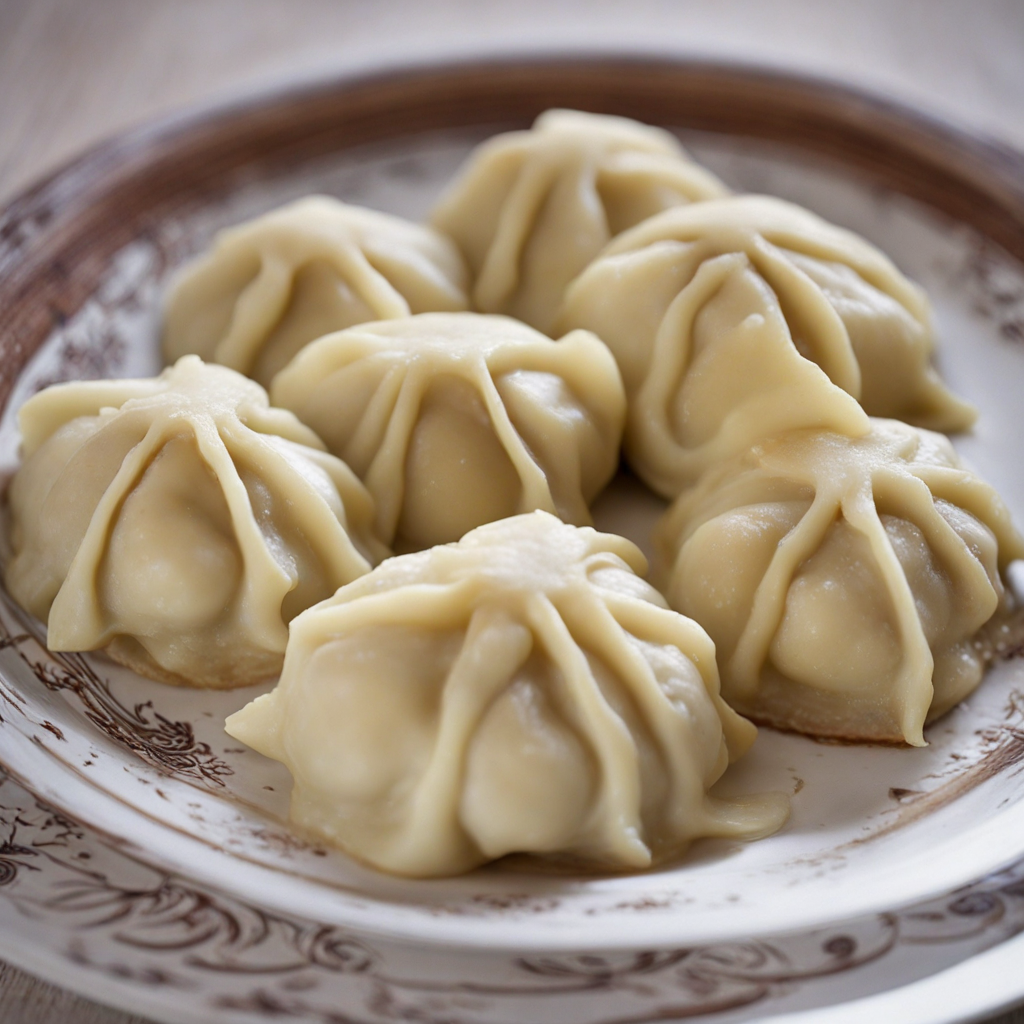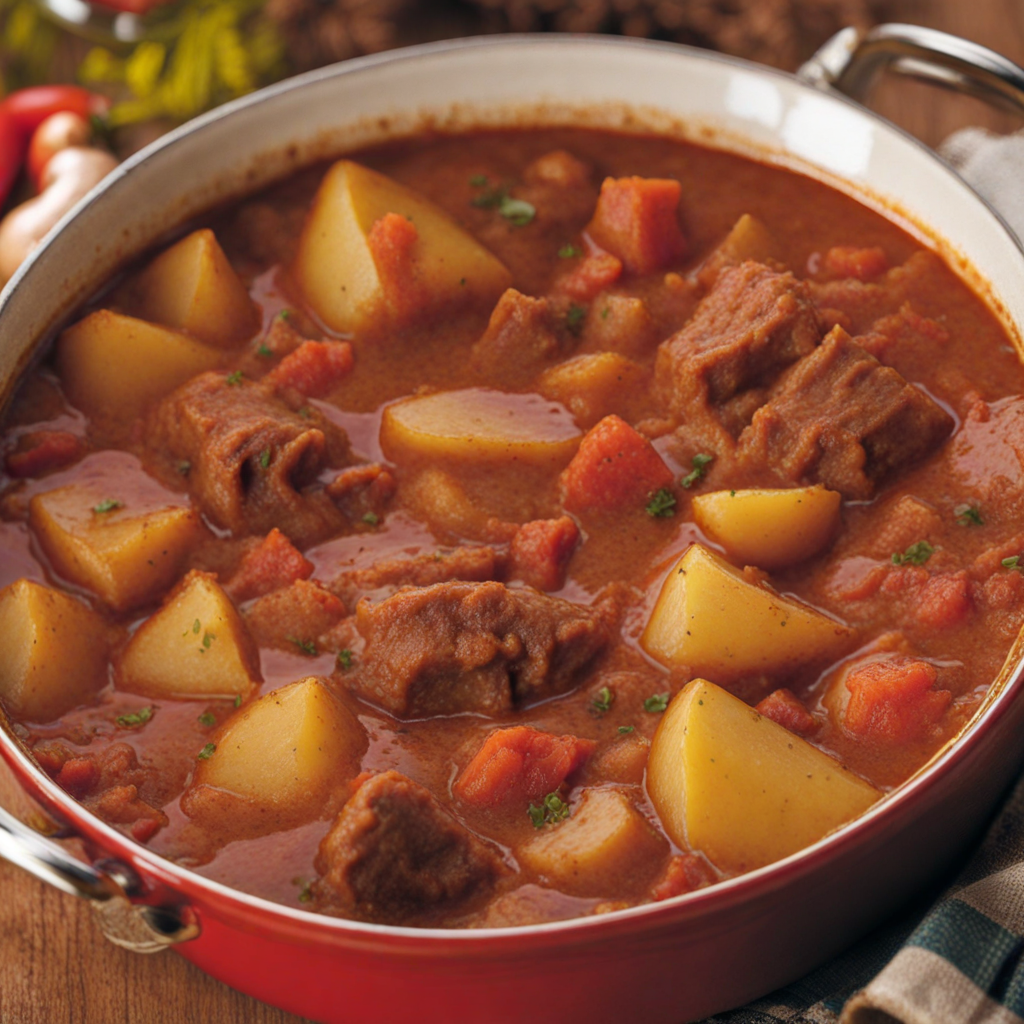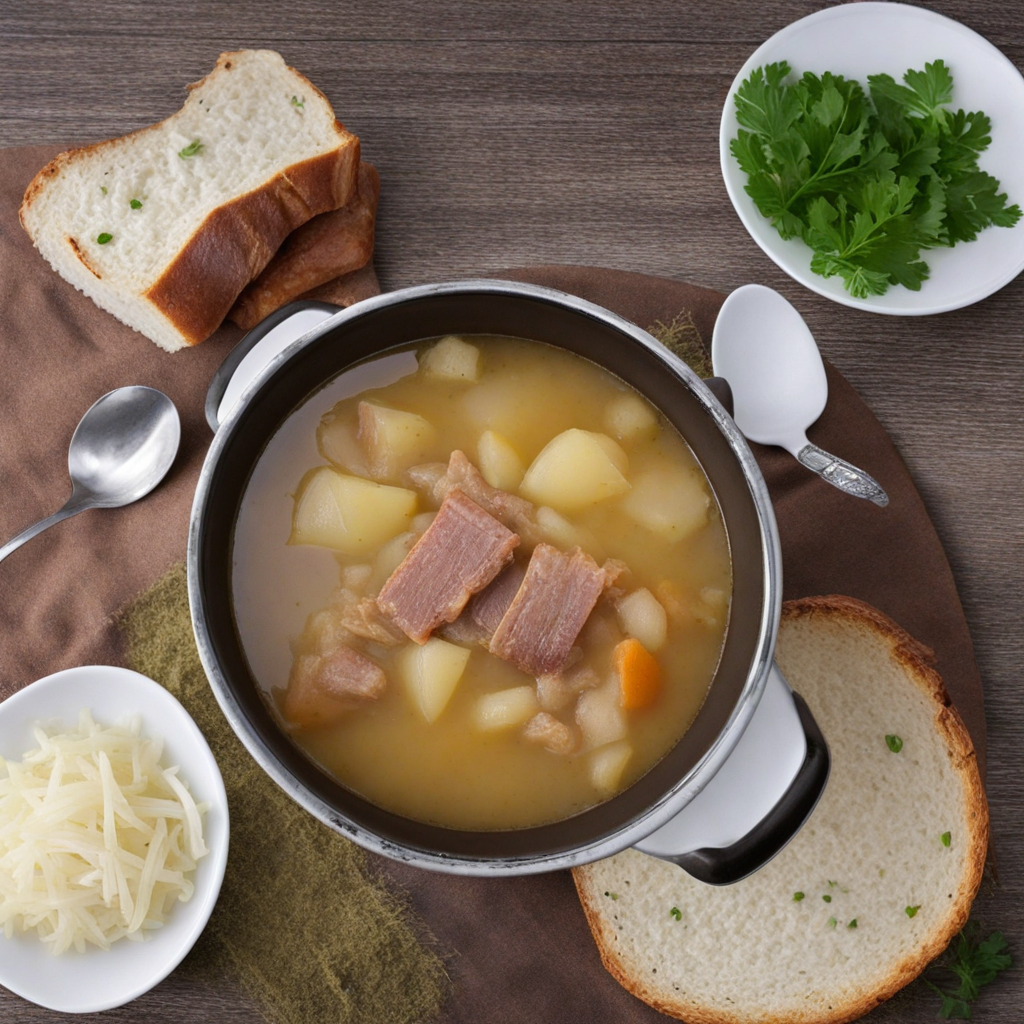Fried Chicken
Fried chicken in Slovenia presents a delightful twist on the classic comfort food, characterized by its crispy exterior and juicy, tender meat. The Slovenian version often incorporates local spices and herbs that enhance the flavor profile, making it unique to the region. The chicken is typically marinated in a mixture that may include garlic, paprika, and a touch of white wine, allowing the flavors to penetrate the meat and create a savory depth that sets it apart from traditional fried chicken recipes. The use of high-quality, free-range chicken sourced from local farms ensures that each bite is not only flavorful but also ethically produced. The frying process is an art in itself, as Slovenian cooks often prefer to use a combination of lard and vegetable oil, which contributes to the mouthwatering crispiness of the coating. The chicken is dredged in a seasoned flour mixture before being submerged in hot oil, resulting in a golden-brown crust that crackles with each bite. This technique not only seals in the juices but also creates a satisfying texture that contrasts beautifully with the succulent meat inside. It’s common to serve this dish with a side of homemade potato salad or a fresh slaw, which adds a refreshing element to the meal. Accompanying the fried chicken, you’ll often find a variety of traditional Slovenian dips and sauces, such as tartar sauce or a garlic-infused mayonnaise that complements the dish perfectly. The experience of enjoying Slovenian fried chicken goes beyond just the taste; it’s about savoring the local ingredients and culinary traditions that have been passed down through generations. Each bite transports you to the heart of Slovenia, where comfort food is celebrated with pride and creativity, making it a must-try for anyone eager to explore new flavors.
How It Became This Dish
Pohan Piščanec: A Culinary Journey Through Slovenia’s Rich Heritage Pohan piščanec, or breaded chicken, is one of Slovenia's cherished comfort foods, a dish that embodies the country’s culinary simplicity and rustic charm. This delightful preparation of chicken has its roots deeply embedded in the agricultural traditions of Slovenia, showcasing how local ingredients and time-honored techniques can create something truly comforting. Origins The history of pohan piščanec can be traced back to the age-old practice of breading and frying foods, a technique that spans many cultures. The breading process itself likely originated in ancient civilizations where cooks discovered that coating proteins in flour or breadcrumbs before frying could enhance texture and flavor. In Slovenia, this practice found a unique expression in the form of pohan piščanec, which has become a staple in both homes and restaurants. The dish is believed to have emerged in the late 19th to early 20th centuries, coinciding with a period of agricultural development in Slovenia. As farming communities expanded and chicken became more widely raised for domestic consumption, the popularity of dishes that used this versatile protein grew. Pohan piščanec evolved as an economical meal, enabling families to feed their members using simple, accessible ingredients. The dish typically features chicken cutlets that are marinated, breaded, and fried, often served with a side of potatoes or salad. Cultural Significance Pohan piščanec is not merely a dish; it represents a connection to Slovenian identity and tradition. The preparation of this meal is often a communal activity, bringing families together in the kitchen. It is common for Slovenian households, especially during weekends or holidays, to prepare pohan piščanec as a festive meal. The act of frying chicken, with its aromatic scents wafting through the home, creates an atmosphere of warmth and togetherness. In Slovenia, food is an integral part of cultural celebrations and gatherings, and pohan piščanec holds a special place on the dining table. It is often served during family gatherings, birthdays, and special occasions, symbolizing hospitality and comfort. The dish’s presence at these events reinforces the idea that food is a medium for connection, bridging generations and fostering communal ties. Furthermore, the dish embodies Slovenia's agricultural heritage, celebrating local produce and livestock. Slovenia is known for its rich biodiversity and small-scale farming practices, which encourage the use of fresh, locally-sourced ingredients. The chicken used in pohan piščanec typically comes from small farms, where animals are raised in a humane and sustainable manner. This connection to local agriculture enhances the dish's significance, as it reflects the values of community, sustainability, and respect for nature. Development Over Time As Slovenia has evolved, so too has the preparation of pohan piščanec. The dish has seen variations that reflect changes in culinary trends and influences from neighboring countries. The basic recipe remains consistent, but creative adaptations have emerged, incorporating different spices, herbs, and accompaniments. In recent decades, globalization has introduced a variety of influences into Slovenian cuisine. Chefs and home cooks alike have begun to experiment with pohan piščanec, infusing it with flavors from around the world. For instance, some may marinate the chicken in garlic and rosemary, while others might opt for a spicy paprika or even a touch of lemon zest to brighten the dish. These modern variations reflect a broader culinary trend where traditional recipes are reimagined and personalized to suit contemporary tastes. Moreover, the rise of the farm-to-table movement has reinvigorated interest in traditional Slovenian dishes, including pohan piščanec. As more people become aware of the benefits of locally sourced ingredients, restaurants and chefs are emphasizing quality over quantity. This trend has led to a resurgence of traditional recipes, with a renewed focus on authenticity and sustainability. Diners now seek out places that offer not only delicious food but also a connection to the land and the community. The Dish Today Today, pohan piščanec can be found in many forms throughout Slovenia, from family kitchens to upscale restaurants. In its most traditional form, the chicken is marinated in a mixture of eggs, salt, and pepper before being coated in breadcrumbs and fried until golden brown. It is often served with a side of mashed potatoes, fries, or a fresh salad, sometimes accompanied by a dollop of tartar sauce or a squeeze of lemon juice. The dish has also embraced modern dining trends, with variations appearing on gourmet menus. Some chefs have taken pohan piščanec and given it an innovative twist, perhaps by using organic chicken, gluten-free breadcrumbs, or unique seasonings that pay homage to Slovenia’s diverse culinary landscape. Such adaptations not only showcase culinary creativity but also highlight the dish's adaptability to modern dietary preferences. In Slovenia's vibrant food culture, pohan piščanec stands as a testament to the country's rich history and evolving culinary landscape. The dish encapsulates the essence of Slovenian hospitality and the importance of food in cultural identity. It serves as a reminder of the country’s agrarian roots while embracing contemporary culinary practices and global influences. Conclusion Pohan piščanec is more than just a beloved dish in Slovenia; it is a symbol of community, tradition, and the joy of sharing food with loved ones. Its journey from humble beginnings to a cherished staple reflects the resilience of Slovenian culture and its ability to adapt while remaining true to its roots. As Slovenia continues to evolve, so will pohan piščanec, forever holding a special place in the hearts—and stomachs—of those who call this beautiful country home.
You may like
Discover local flavors from Slovenia







